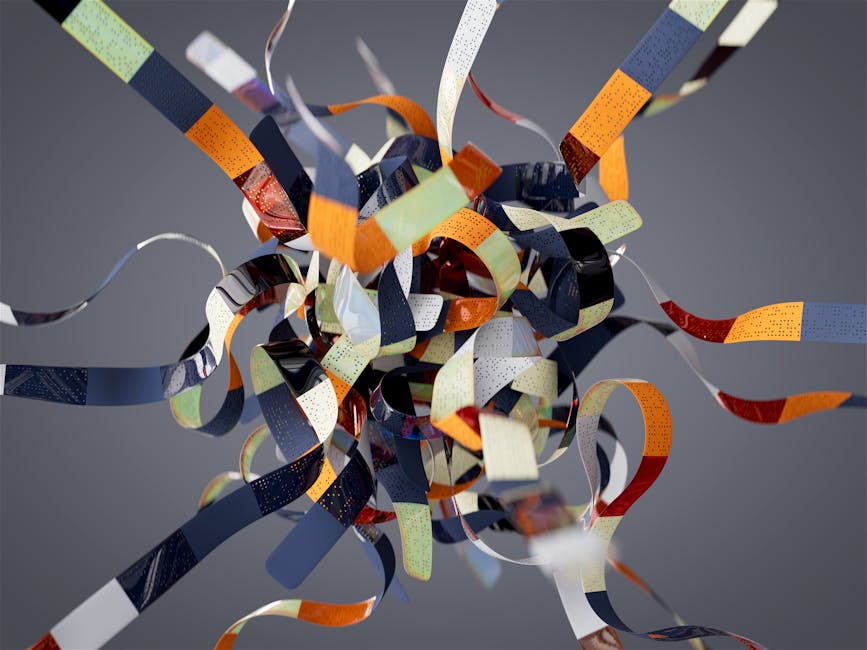How AI Art Generators Work
AI transforms text into visual art through sophisticated algorithms. VQGAN+CLIP combines two models:
- VQGAN: generates images
- CLIP: evaluates how well they match text prompts
This duo iterates hundreds of times, refining the artwork with each pass.
Stable Diffusion breaks an image down to its most granular level and reconstructs it. It scatters visual data into noise and reassembles it guided by the given description.
DALL-E 2 generates images from textual descriptions by predicting how the prompt would likely appear. It uses neural networks trained on vast datasets to understand and recreate various styles and subjects.
NightCafe and OpenArt platforms utilize these technologies, each adding its unique spin. NightCafe offers multiple algorithms and style options, while OpenArt provides user-friendly tools and a collaborative community. Both platforms make art creation accessible to everyone, regardless of traditional skills.
Unique Features of Popular AI Art Platforms
NightCafe stands out with its array of power tools, including:
- Multiple style images for blending artistic styles
- Bulk creation and download
- Custom seeds for fine-tuning results
It also fosters a thriving community where artists can share, comment, and participate in contests.
OpenArt emphasizes high-quality art creation with advanced tools like high-resolution image generation and ultimate image upscale. It offers community models, collaborative projects, and educational resources like the Prompt Book and Model Training Book.
ImagineArt focuses on rapid visualization and practical application in various industries. Its Text to Image tool transforms simple prompts into visuals almost instantly, assisting in creating mockups, concept art, and product designs.
Adobe Firefly offers seamless integration with other Creative Cloud apps, allowing for extensive customization and refinement of generated images. It's particularly useful for artists looking to experiment with different visual styles quickly.
These platforms collectively redefine the art creation experience, democratizing access to artistic tools and fostering innovation in digital art.
Legal and Ethical Considerations
The legal and ethical landscape surrounding AI-generated art is continually shifting. Copyright issues and ownership rights are pressing concerns, as AI complicates the traditional notion of creator's rights.
Platforms like NightCafe and OpenArt transfer copyright assignments to users, providing clarity in jurisdictions where copyright laws for AI art are still unclear. However, international legal frameworks vary significantly.
Ethical concerns include the potential devaluation of human artists' labor and skills. The ArtPrize committee's decision to exclude AI-generated art from its competition reflects this tension1.
The risk of AI-generated art being misused, such as in the creation of inappropriate content, necessitates ethical use policies and responsible platform governance.
As AI art continues to push boundaries, striking a balance between innovation and ethical responsibility remains crucial. Engaging multiple perspectives, from legal experts to artists and tech developers, can help guide ethical AI art practices and safeguard the integrity of human creativity.

Practical Applications and Benefits
AI-generated art provides valuable resources across various fields:
- Digital marketing: Creates captivating visuals quickly for ad campaigns and social media.
- Animation and game design: Accelerates concept art creation and character design processes.
- Education: Offers new teaching tools for art creation, engaging students regardless of technical skills.
- Cost-effectiveness: Enables small businesses and startups to achieve professional-quality visuals on tight budgets.
- Environmental benefits: Reduces physical resource consumption in art creation.
- Personalization: Generates artworks that resonate with individual tastes for gifts, interior design, and branding.
- Inspiration: Helps artists overcome creative blocks and experiment with unconventional styles.
These applications revolutionize the creative process across industries, making high-quality art accessible, cost-effective, and suited to modern demands.
Community and Collaboration
Platforms like NightCafe and OpenArt foster interconnected ecosystems where creativity flourishes through interaction and support.
NightCafe's chat rooms and contests create a dynamic social space for artists to exchange ideas and collaborate. OpenArt's Discord community facilitates rich dialogues and critiques, with community models and collaborative projects catalyzing collective creativity.
These communities enhance the user experience by providing:
- Support
- Learning opportunities
- Shared growth
Novice artists find guidance, while professionals keep their skills sharp through idea exchanges.
The sense of belonging catalyzes creativity, encouraging bold experimentation and innovation. Instant feedback and peer guidance accelerate learning curves and inspire diverse creative expressions.
These platforms serve as incubators for new ideas and trends, transforming individual endeavors into part of a broader pattern of innovation. They also facilitate lifelong learning and mentorship, fostering intergenerational dialogue within the community.
In essence, these collaborative features redefine art as a shared and constantly developing journey, making digital spaces vibrant artistic havens where creativity knows no bounds.
AI art generators are revolutionizing the way we create and perceive art, blending technology with creativity to produce stunning visual works. By leveraging advanced algorithms and fostering collaborative communities, these platforms are making art accessible to everyone, reshaping the boundaries of artistic expression.
- Cascone S. Michigan's ArtPrize Competition Bans A.I. Art, Saying the Technology Threatens 'What It Means to Be Human'. Artnet News. 2023.

























